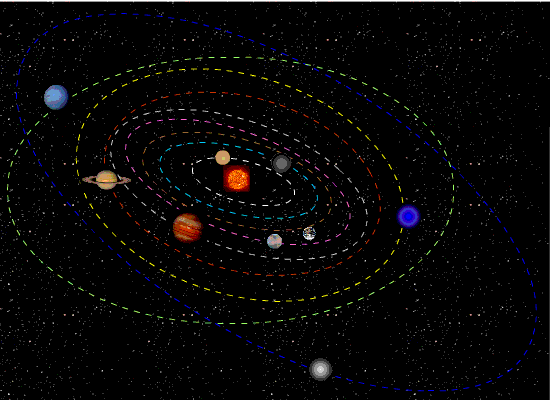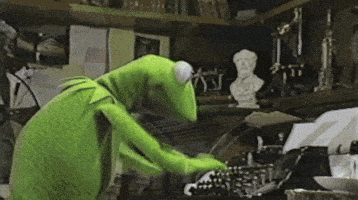I enjoyed reading the comments, and suggestions. More often than not people loved everything about my presentation. They mentioned my voice project, body language, my breakdown of jargon, and how I seemed confident. My topic was a complex topic, and not easy to explain at all. So I wanted to make sure I did not lose the audience, when using a lot of scientific terms and explanations. Which from the looks of it was a success, because people said they did not know the terms I used initially, but liked my explanations. Some people suggest that I dive deeper into my research and that it was a bit broad. While others argued that I should just touch the surface due to the time limit. A lot of people found that my research was an interesting topic and liked that I covered it. I do not see many changes I want to make to my project, but I know that as I dive deeper into things, I will naturally start to change and shift my project, but in a good way.
Research Question: How can we apply a gravity assisted trajectory to our current spacecraft that will allow us to conduct a flyby of planets on the outermost parts of our solar system?
Journal Articles:
- Scheeres, D. J. "Orbital Mechanics about Small Bodies." Acta Astronautica, vol. 72, 2012, pp. 1-14. (Link)
- Ferreira, Alessandra F. S., Prado, Antônio F. B. A, and Othon C. Winter. "A Numerical Mapping of Energy Gains in a Powered Swing-by Maneuver." Nonlinear Dynamics, vol. 89, no. 2, 2017, pp. 791-818. (Link)
- Sadler, D. H. "Satellite Orbits Astrodynamics (Orbit Determination, Space Navigation, Celestial Mechanics), Volume II. Samuel Herrick, 348 Pp., 6½ × 9¼ in., D. Van Nostrand Reinhold Co., Ltd., London, 1972. £11.50." The Journal of Navigation, vol. 25, no. 4, 1972, pp. 540-540. (Link)
- Paul, SN, and C. Frueh. "Space-Object Charging and its Effect on Orbit Evolution." Journal of Guidance Control and Dynamics, vol. 40, no. 12, 2017, pp. 3180-3198. (Link)
- AZIMOV, DILMURAT, and ROBERT BISHOP. "New Trends in Astrodynamics and Applications: Optimal Trajectories for Space Guidance." Annals of the New York Academy of Sciences, vol. 1065, no. 1, 2005, pp. 189-209. (Link)
Professor Masataka Okutsu Articles:
- Okutsu, M. and Longuski, J. M., “Mars Free Returns via Gravity Assist from Venus,” Journal of Spacecraft and Rockets, Vol. 9, No.1, 2002. doi: 10.2514/2.3778
- Okutsu, M., Landau, D. F., Rogers, B. A., Longuski, J. M., “Low-Thrust Roundtrip Trajectories to Mars with One-Synodic-Period Repeat Time,” Acta Astronautica, Vol. 110, 2015, pp. 191-205. doi: 10.1016/j.actaastro.2015.01.006
- Okutsu, M., Yam, C. H., Longuski, J. M., and Strange, N. J., “Cassini Saturn-Escape Trajectories to Jupiter, Uranus, and Neptune,” Acta Astronautica, Vol. 79, 2012, pp. 157-167. doi: 10.1016/j.actaastro.2012.04.034
Hey everyone, thank you for checking out and reading my blog.























